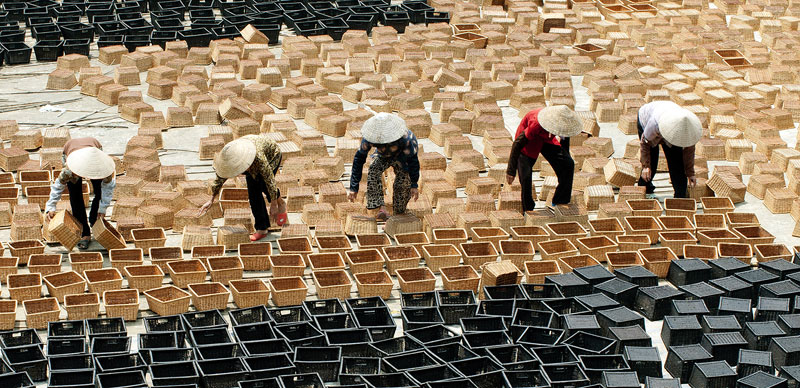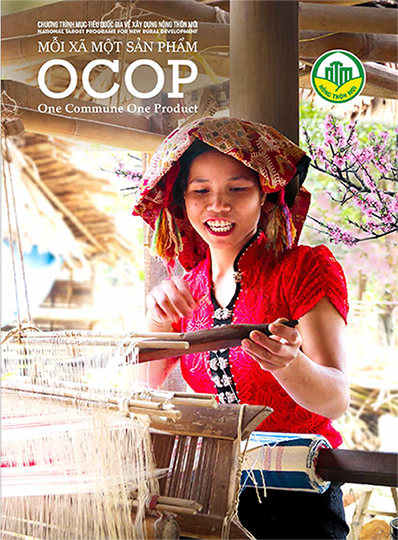According to the General Department of Forestry, in 2019, Vietnam's export of rattan and bamboo products reached US $ 474 million, an increase of 44.4% compared to 2018, which is the product group with the highest value in non-timber forest products.
Vietnam's rattan, bamboo and sedge products are mainly exported to EU countries, accounting for 31.44% of the proportion and up 35.36% over the previous year. Next is the US market, accounting for 19.5% and nearly doubled compared to 2018; Japanese market accounted for 9.3% and grew by 10.8%. Products of rattan, bamboo, rush of Vietnam also exported to other markets such as Germany, China, Poland, Denmark, etc.
Many prospects, but lacking material
In general, in the past year, exports of rattan, bamboo and rush products of Vietnam have grown in almost all schools, especially in India, up 2.3 times, even though turnover into this market is still very small.
Currently, there are 723 handicraft villages in the country processing rattan and bamboo and more than 1,000 enterprises engaged in producing and exporting this item, attracting 342,000 laborers. Despite the large number of enterprises and households and strong export turnover, the export market share of Vietnam's rattan industry accounts for less than 3% of the world market. While the global trade of bamboo and rattan products is up to US $ 14-15 billion, Vietnam's rattan and bamboo industry is still sluggish at export value of several hundred million USD but cannot reach the 1 billion club. USD like other agricultural, forestry and fishery products.
Although there are many potentials and advantages for growing and developing bamboo, rattan and rattan, Vietnam still has to import this material group for production and processing from some countries in the region. According to data of the General Department of Forestry, every year, Vietnam consumes about 900 million bamboos for different purposes, estimated to be 1 billion trees in 2020. Vietnam currently has approximately 1.5 million hectares of bamboo with an estimated reserve of 6 billion trees. However, most of this bamboo area is protection forests, primary forests need to be preserved and not exploited. The area of bamboos planted in the country is about 85,000 ha, with a reserve of 350 million trees, only meeting 1/3 of the raw material demand for rattan production.




